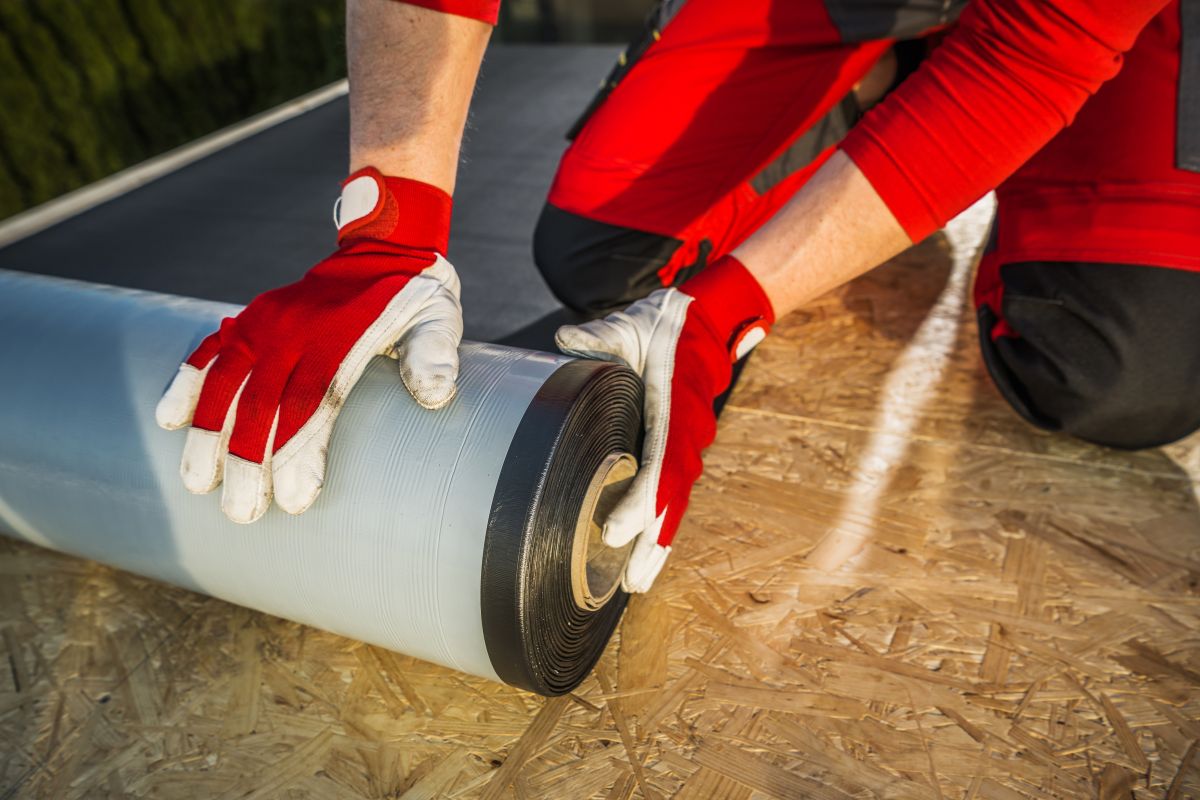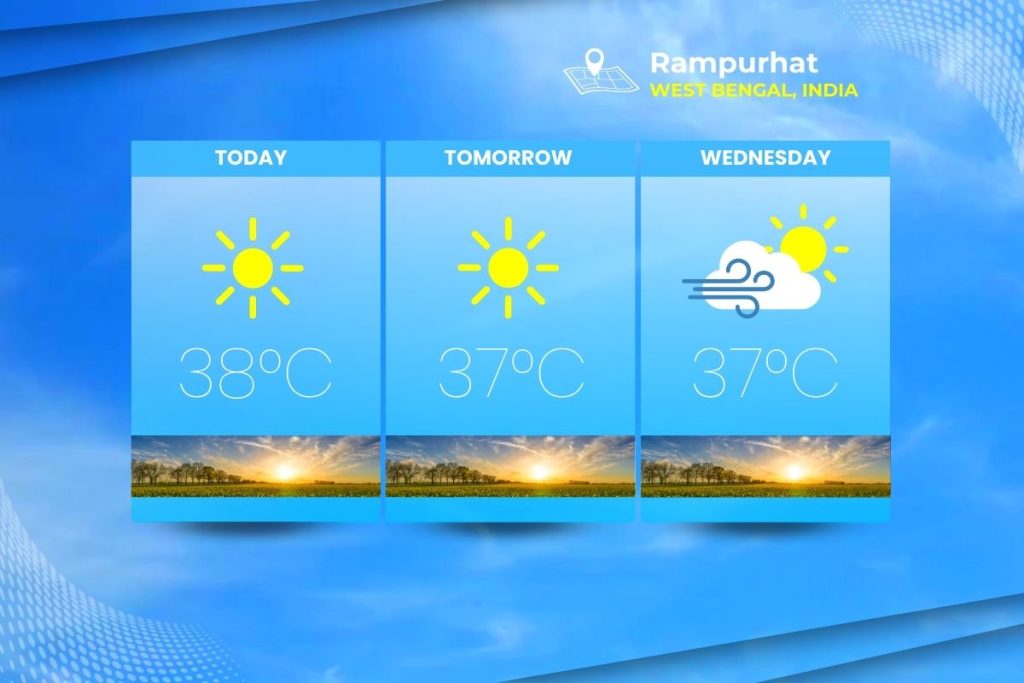
The Benefits of Roofing Membrane for Your Apartments and Homes
On flat or nearly flat roofs, a roofing membrane is used to move water off the roof, provide warmth and insulation, safeguard the building below, and, of course, keep water out of the property.
Membrane roofs are more frequently found on commercial buildings, but they are also becoming a more and more popular choice for residential buildings. They are typically made of synthetic rubber, modified bitumen, or a thermoplastic like PVC.
Table of Contents
Types of rubber membranes
Synthetic rubber membranes
Comprising several large, flat segments of synthetic rubber, the segments are fused at the joints to form a single, continuous roofing membrane with uniform strength all around.
Thermoplastic membranes
TPO membranes are bonded with heat or solvents, not welded together to form a single membrane, so the seams are as strong as the rest of the roofing material.
Why choose a membrane roof?
If you are not familiar with the term roofing membrane, it may sound strange to you. It is not conventional, but it works, for sure. We will look into the advantages of membrane roofing for your home in this blog. Perhaps the main question on your mind is what roofing membrane can offer. So, keep reading to find out more about it!
Why You Should Consider Roofing Membrane
Single-ply and multiple-ply membrane roofing are the two varieties available. The best type of membrane roofing is multi-ply roofing. Consider the layers in this kind of roofing as layers in a cake. It is held together by a cream that is made of asphalt. This asphalt alone is referred to as SBS-modified bitumen.
This unique asphalt has the following advantages:
- Multi-ply roofing membrane is stronger and more flexible due to its high tensile strength. It requires less support and can support a heavier load.
- This kind of roofing requires fewer repairs over time because of the way it is made. It slows down the rate at which it ages.
More Thickness: Thicker membranes offer additional layers of defense. This facilitates the completion of any remaining roofing maintenance.
Easier to Maintain: Roof maintenance is inevitable. After several years, a full roof replacement is also required. It is simpler to replace and repair these roofs.
Various Application Techniques: Although hot asphalt is the most widely used application technique, cold adhesives can also be used in situations where hot asphalt is not available or is challenging to use.
More Reasons to Consider Roofing Membrane
A third type of roofing membrane for your consideration is known as PVC membrane roofing. Here are some reasons to consider this type of roofing:
Eco-friendly: In an era where environmental consciousness is growing, this roofing’s exceptional eco-friendliness makes it a valuable asset. You can reduce your bills and increase the energy efficiency of your roof. The fact that it can be recycled into a brand-new roof when it wears out is maybe the best feature of all.
Chemical resistance: This roofing can withstand exposure to chemicals like grease.
Wind- and fire-resistant: Summertime’s hot, dry weather combined with sporadic gusts of wind can make fires more likely to spread. PVC is particularly resistant to the effects of these potential hazards.
Is a roofing membrane more costly?
A commonly asked question is, “Is a roofing membrane more expensive than shingles?” Yes, this might be a good question to consider. But there are a few things to consider.
Roofing membrane materials are slightly more expensive than traditional roofs. However, even if you save a small amount of money upfront by selecting shingles, in the long run, you will be paying more for
- Water damage
- Repairs
- Early replacement because of leaks
Final Words: How to put it right?
A roofing membrane is frequently confused with these two other roofing components. Understanding the distinction is critical for making an informed decision about your roof replacement.
- Water and Ice Shield: While the purpose is the same (to keep water out), a water and ice shield is a waterproof barrier installed underneath your roofing. These are utilized on the roofs of any slope. This shield protects your external fascia boards and roof against ice damming, saving you money on water damage repairs.
- Underlayment: It is a layer of protection between your shingles and your roof’s base layer (known as the deck). Underlayments are a recommended practice and should be included with any roof replacement. Check your roofing bid to ensure that this is included!
Now that you know how important your roofing membrane is, its time that you buy the correct one and keep your home safe!
June 17, 2024

















